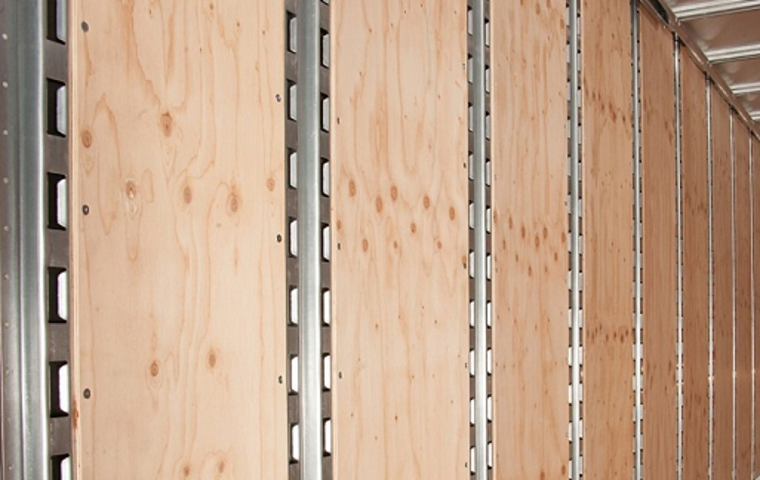Fuel for Thought

Vertically Challenged
Before deciding to join the ranks in the expedite world, I spent more than two decades in the household goods moving business. Since I started in that business and spent so many years in it, I still rely on the knowledge learned there to assist me in the world of expedite freight. Many of the moving skills that I learned in that line of work have proven to be of significant value to my new customers in the freight market. The equipment is very similar, but with a few distinct differences. I still use pads, straps and load bars for my customer’s freight, but now I also utilize a pallet jack and liftgate, rather than brute force and a walk ramp. Another difference from my household goods moving days to freight hauling is the truck, more specifically the freight box and the securement choices.
In household good furniture moving, I rarely, if ever, used ratchet straps for securing the load. The norm was to use cam buckle straps. You can get a load of furniture secured very well with cam buckles but the extra force of ratchet straps could damage furniture.
One big difference between furniture trucks and expedite trucks seems to be the e-tracks themselves. Just like most dry van trailers, furniture moving vans are equipped with double e-track logistic posts, usually placed 16 inches on center. When I moved into the expedite trucks, I immediately noticed that the norm was to have rows of horizontal e-tracks rather than vertical logistic posts.
So as I move on to my 3rd expedite truck soon, this one will be equipped with double e-track logistic posts in the box. To me, it just seems logical as well as practical. Why not have the e-track built into the wall posts, instead of bolting horizontal e-track to the interior? I know the e-track is not that thick, but why have your e-track protruding from the wall? And why not utilize the wall posts already built in to serve this purpose? The cost was nominal compared to adding several horizontal bolt on e-tracks? In the end the e-track posts will cost a bit more than non e-track posts, but you also save on the cost of the horizontal e-tracks that are no longer needed.
Vertical double e-track logistic posts also have an added benefit when it comes to securement. You can connect a strap or load bar to the wall anywhere from the floor to ceiling. With horizontal rows of e-track, you are limited to heights defined by where the rows are mounted. I’m sure there have been times that you can recall when a piece of freight didn’t quite reach your top row of e-track or the bottom row wasn’t quite low enough to secure flat freight.
I believe changing the e-track from horizontal to vertical for my next truck will prove to be a great improvement for my securement needs. Time will tell.
I wonder why vertical e-track logistic posts have not been the standard in expedite trucks like they are in dry van trailers? If you know, please enlighten me.
I cannot say whether things will get better if we change; what I can say is they must change if they are to get better.
- Georg C. Lichtenberg
See you down the road,
Greg
